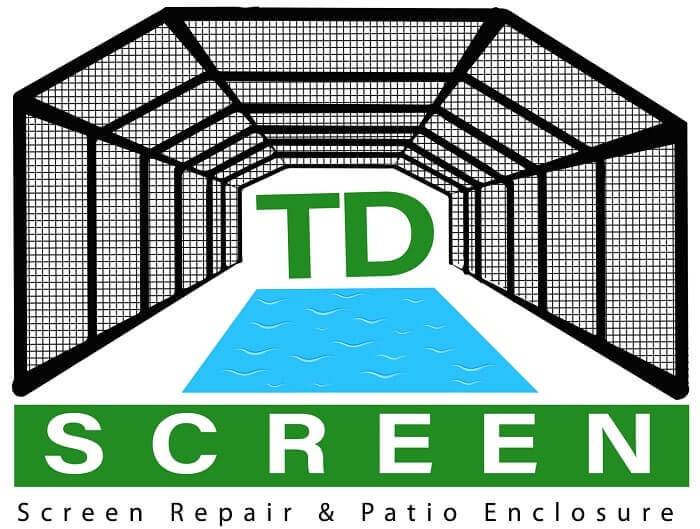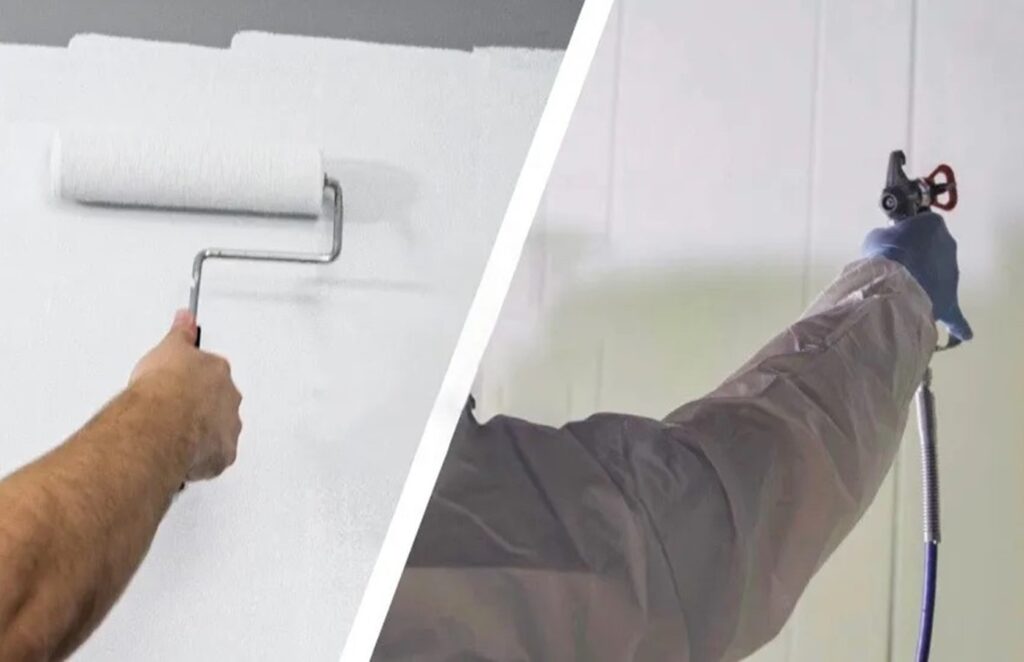Type of painting for patio enclosure: spray paint vs brush paint
You’re enjoying the beautiful Florida weather in your lanai enclosure when you notice a strange stain on the screen door. You scrub and scrub, but it won’t come off. Later, you see it is posted throughout the patio enclosure. Can you explain this? Why may this be happening? In what ways may this be corrected?
The golden paint on the metal screen casing has faded with time, revealing the aluminum’s original hue. Mother Nature wears down metal over time, causing it to fade and become green. It sometimes takes on a golden yellow hue; I have even seen it happen. The bright side is that it can be easily remedied with some Southwest Florida paint.

Pros of patio enclosure paint
Spray Paint |
Brush Paint |
| An airless sprayer is the most efficient tool for applying paint quickly. Covering a wall now takes minutes rather than hours. | It’s the conventional approach, so it stands to reason that I like it. Brushing on paint is a technique that I both like and dislike. |
| Application is completed in an astonishingly short amount of time. | A high-quality brush offers unrivaled precision and control. Painting straight lines and precise corners are much easier than spraying. |
| Coverage after only one coat. | The use of a brush is the sole method considered proper for fine-tuning. |
| C is completely smooth and without any brush or roller marking. | Although time-consuming, this method produces a more consistent and uniform finish than spraying alone, resulting in superior adhesion. |
| It is possible to access regions that are difficult to get to.
In that case, why wouldn’t everyone spray everything all the time? Sure, spraying has its drawbacks, but there have to be some. |
You have everything under control beautifully.
|
| You may select additional colors. Also you may create your unique colors from scratch. | Exceptionally strong and consistent adherence. |
| This makes painting inside without ventilation safer for you and increases the likelihood that the task will be completed according to your requirements. | A balanced and consistent presentation. |
| Painting by hand is superior to spraying since it gets paint into all the crevices. |
Brushing seems to have resolved the primary issues we encountered while spraying; hence, we should always brush, correct? Wait for a second!
Cons of patio enclosure paint
Spray Paint |
Brush Paint |
| But keep in mind that rapidity is no guarantee of excellence. | Painting by hand is time-consuming and may leave brush traces if I’m not cautious, but it allows me the most control. |
| Getting the paint onto the surface might be a real challenge if you haven’t used an airless paint sprayer. | An application that must be done slowly and laboriously.
|
| It takes a lot of skill with an airless sprayer, just like with any other equipment, to get a nice, even layer of paint. | In some instances, several coatings may be needed. |
| Overspray, drips, and runs are done daily among amateur paint jobs, and an uneven coat with thicker and thinner areas is common. | Brush strokes left on may be a permanent thing. |
| When compared to traditional painting methods like brushing or rolling, spraying paint may waste as much as three times as much paint. Not all of the unused paint is applied to the outside. The majority of it is lost as overspray or in the hose itself. | Obstacles make implementation challenging. |
| A lengthy amount of time is required for preparation and cleanup. | The extended length may result in a rise in labor costs and weariness for workers, which may lead to an overall reduction in the quality of work. |
| Uneven distribution of coverage (sometimes too thick). | Brush painting may be a time-consuming activity that wastes too many materials and a significant amount of time if you paint your home alone. |
| This technique requires two to three times as much paint as brushing. | |
| Subpar ability to stay together. | |
| Painting is not possible on days when there is a lot of wind. |
Ending Remarks
Since a single coat of spray paint is generally sufficient to cover the aluminum screen enclosure’s current covering of paint, we’ve opted to use that method to give the patio enclosure paint a polished look. We brushed and rolled patio enclosures when the recent screening was being painted. Even with two coats of paint, the result is not as smooth as we had with the sprayed paint.

